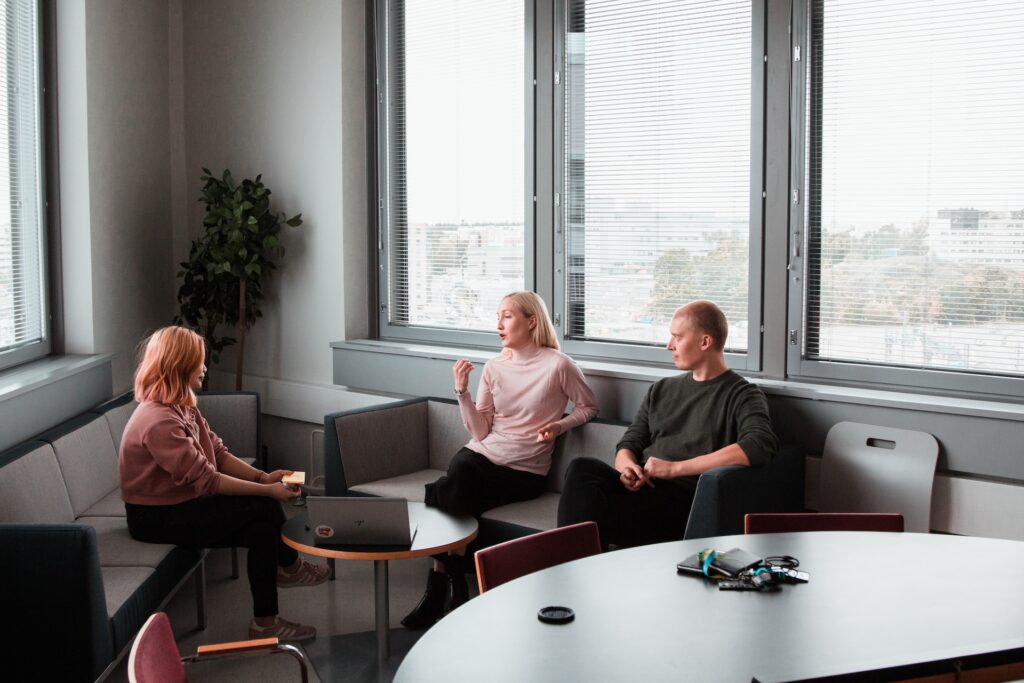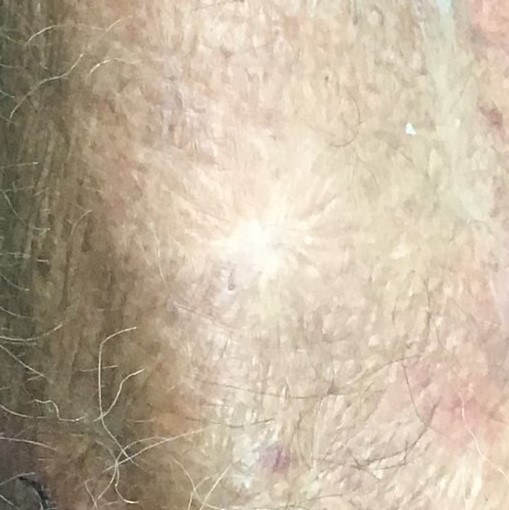
If you are noticing a new skin formation on your face, you may be wondering, “what does skin cancer look like on the face?” Depending on what specific form of skin cancer you have, its appearance can range from flat, sore-like lesions to raised, wart-like protrusions. Looking at face skin cancer pictures can help you assess your symptoms, though a diagnosis from a dermatologist is the best way to determine whether or not you have skin cancer.
What Causes Skin Cancer on the Face?
While there are several environmental and biological factors that contribute to skin cancer development, the biggest cause of skin cancer on the face is overexposure to sunlight and ultraviolet (UV) rays. Skin cancer signifies a disruption to healthy skin cell development, and UV rays impact the rate at which cells can properly reproduce.
Your face is one of the most susceptible areas to skin cancer because unlike other parts of your body, it’s almost always exposed to sunlight. Practicing year-long sun safety helps protect against the sun’s damaging rays, and involves simple precautions such as applying sunscreen, wearing hats and sunglasses, and staying out of direct sunlight during peak times of the day.
Face Skin Cancer Pictures
Catching the early signs of skin cancer is important for treating the issue before it worsens. In addition to annual skin screenings with your dermatologist, it’s helpful to monitor any significant changes in your skin’s appearance. New developments such as rashes, moles, warts, or sores that refuse to heal and actually grow over time need to be examined by a professional.
Explore these face skin cancer pictures to get an idea of what skin cancer looks like on the face. Keep in mind that there are many variations of skin cancer, so your symptoms may vary. Compare these non-melanoma skin cancer examples to your own symptoms, and schedule an appointment with your dermatologist to discuss further.
One example of skin cancer on the face is a wart-like lesion may bleed and scab over as it grows. These protrusions can be found anywhere including the lip, ear, and cheek.
You may also see scaly red patches that refuse to heal, stuck in a cycle of bleeding and crusting.


Open sores that ooze or bleed without signs of improvement are another example of what skin cancer looks like on the face.
GentleCure Offers Surgery-free Treatment for Skin Cancer on the Face
Should you receive a skin cancer diagnosis, ask your dermatologist about GentleCure, which uses Image-Guided SRT, or Image-Guided Superficial Radiation Therapy, to treat basal and squamous cell skin cancers without surgery.. With exceptional cosmetic results free of cutting or surgical scarring, this method is worth exploring. Find out how it works.








